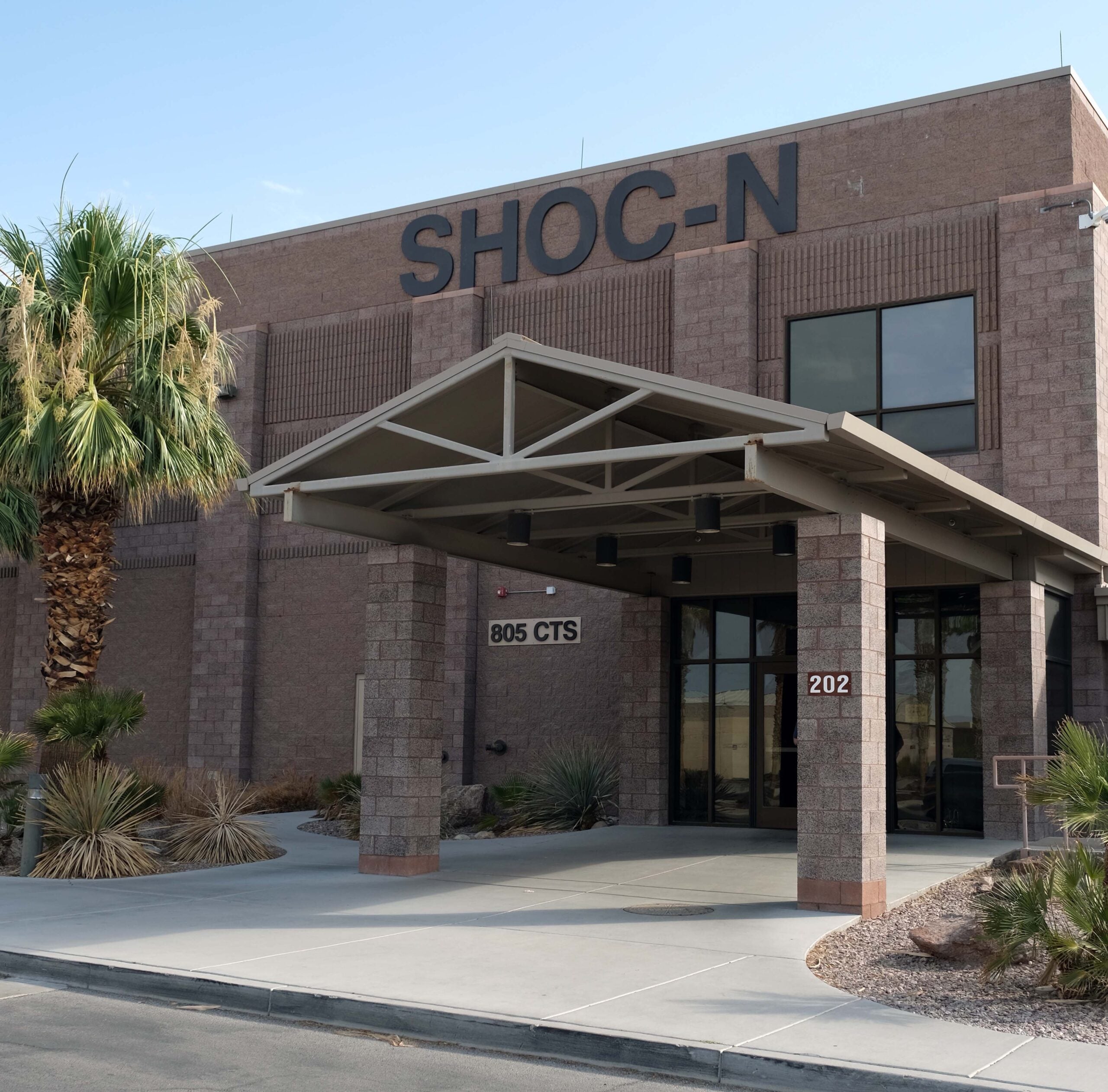
The US Air Force (USAF) 805th Combat Training Squadron’s (CTS) Shadow Operations Center-Nellis (ShOC-N) has conducted an advanced technology assessment to minimise joint-fire execution time.
The test was executed with the US Army’s Mission Command Battle Lab (MCBL).
It was carried out as part of the US Defense Advanced Research Projects Agency’s (DARPA) Air Space Total Awareness for Rapid Tactical Execution (ASTARTE) initiative, held at Nellis Air Force Base (AFB) in Nevada, US.
ASTARTE provides effective airspace operations and automates the ability to deliver a common, real-time operational picture of airspace in/above the Army’s division to minimise the time needed to execute joint fires.
DARPA selected Raytheon to support ASTARTE by developing an artificial intelligence-based (AI) system to resolve airspace deconfliction issues.
This led to the development of the Airspace Tactical Automation System (ATLAS).
How well do you really know your competitors?
Access the most comprehensive Company Profiles on the market, powered by GlobalData. Save hours of research. Gain competitive edge.

Thank you!
Your download email will arrive shortly
Not ready to buy yet? Download a free sample
We are confident about the unique quality of our Company Profiles. However, we want you to make the most beneficial decision for your business, so we offer a free sample that you can download by submitting the below form
By GlobalData805th CTS commander lieutenant colonel John Ohlund said: “To aid in product development and maturation of ATLAS, ShOC-N collaborated with MCBL to organise, plan, and test a simulated battlespace designed to replicate airspace complexities inherent in a joint area of responsibility.
“ShOC-N’s modelling and simulation team utilised Modern Air Combat Environment to transmit blue air tracks over the Army Persistent Experimentation Network to MCBL.”
All the blue air tracks sent from ShOC-N were received by the Air Defence Systems Integrator and Tactical Airspace Integration System at Fort Leavenworth in Kansas, resulting in the test’s success.
Another test was also conducted with the US Simulation, Training, and Instrumentation Command at Fort Eustis, Virginia, which yielded similar results, after being connected to the One Semi-Automated Force ground forces simulation.
In the next ATLAS test, which is scheduled to be conducted this autumn, the team expects a fully integrated modelling and simulation environment that uses the Theatre Battle Management Core Systems and software systems for planning and executing military airborne missions.



